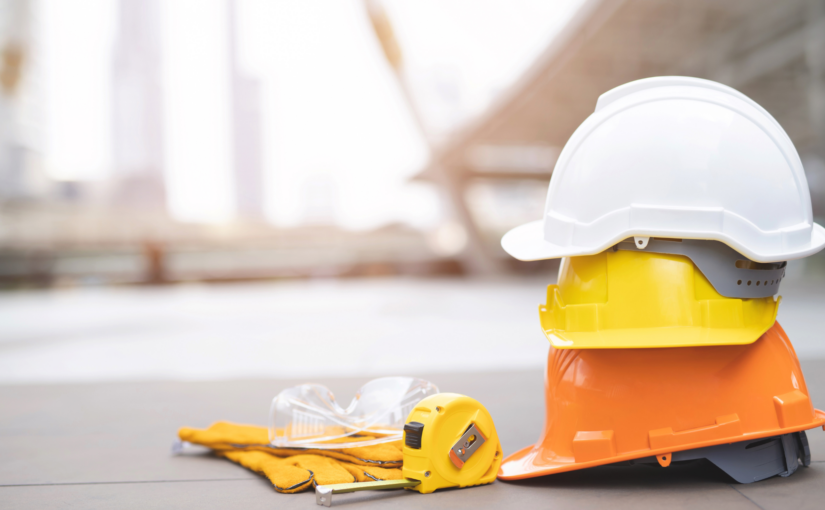Construction sites are inherently dangerous places. Workers are exposed to various hazards such as falls, electrocution, and heavy machinery. As a construction company owner, it is your responsibility to ensure that your employees are safe while at work. Not only is it a legal obligation, but it is also good business practice. A safe work environment will ensure that your workers are productive and positive while minimizing the risk of accidents and injuries. This guide provides a comprehensive overview of construction site safety measures that you can implement to make your work environment safer.
Conduct regular safety training sessions
One of the best ways to ensure that your workers are safe is by educating them about potential hazards and how to avoid them. You can conduct safety training sessions to provide your workers with the knowledge and skills they need to work safely. Some of the topics you can cover during these sessions include how to use personal protective equipment (PPE), how to operate heavy machinery, and how to identify and control hazardous materials. Make sure to focus on your workers’ specific roles and tasks so that the training is relevant to them.
Implement a safety management system
A safety management system (SMS) is a program that helps businesses proactively manage safety risks. With an SMS, you can identify potential hazards, assess the risks, and implement controls to manage those risks. Some of the components of an SMS include safety policies and procedures, hazard identification and risk assessment, incident reporting and investigation, and safety audits and inspections. Implementing an SMS will help you to avoid accidents and incidents that can lead to injuries, property damage, and financial losses.
Provide personal protective equipment (PPE)
PPE is equipment worn to minimize exposure to hazards that can cause serious workplace injuries and illnesses. It includes items such as hard hats, safety glasses, gloves, and safety shoes. Providing PPE to your workers is essential for their safety and wellbeing. Make sure that you train your workers on how to use PPE correctly and provide them with the appropriate equipment for their tasks. Also, make sure that the PPE is well-maintained and replaced when necessary.
Monitor and control access to the construction site
Controlling access to your construction site is crucial for ensuring the safety of your workers. You can implement access control measures such as fencing, gates, and security personnel to prevent unauthorized entry to the site. Make sure that visitors are accompanied by a worker while on the site and that they receive a safety briefing before entering. Also, ensure that only workers with the appropriate training and permits are allowed to operate machinery and equipment on the site.
Conduct regular safety inspections and audits
Regular safety inspections and audits are critical for identifying potential hazards and addressing them promptly. Conducting inspections and audits can help you to identify areas that need improvement and ensure that your safety measures are effective. You can use checklists to conduct inspections and audits and make sure that all hazards are identified and corrected. Make sure that you address any issues that are identified during the inspections and audits promptly.
Conclusion
Maintaining a safe work environment is crucial for the success of any construction project. By implementing the measures discussed in this guide, you can ensure that your workers are safe while at work, minimize the risk of accidents and injuries, and avoid the associated costs and losses. Remember, safety first! It’s the responsibility of everyone on the site to identify and eliminate hazards before they can cause harm. Let’s work together to keep our construction sites safe and productive!

